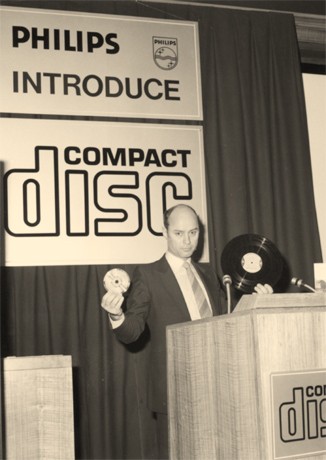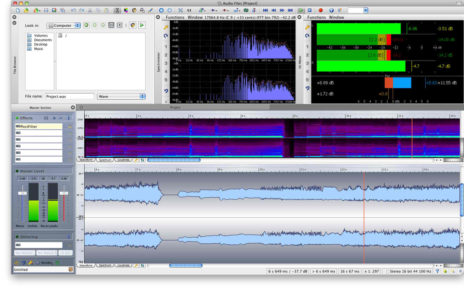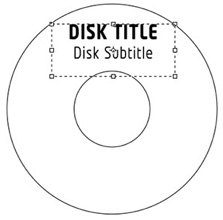What is a CD?
A CD is a short term for compact disc and was originally invented to store digital sound recordings exclusively. Later, it was also used to store other types of digital data like images, documents, and the like. Until today, it remains the industry’s standard for storing and preserving audio.
The CD was planned to be the successor of the gramophone record for playing music, rather than primarily as a data storage medium. Only later did the concept of an “audio file” arise, and its generalization to a data file. From its origins as a musical format, CDs have grown to encompass other applications.
Dimensions:
The standard CD has a diameter of 120 mm and can hold up to 80 minutes of uncompressed audio (700 MB of data)
TIMELINE
September 1976–Sony first publicly demonstrated an optical digital audio disc
September 1978- Sony demonstrated an optical digital audio disc with a 150 minute playing time, and with specifications of 44,056 Hz sampling rate, 16-bit linear resolution, cross-interleaved error correction code, that were similar to those of the Compact Disc introduced in 1982.
March 8, 1979- Philips publicly demonstrated a prototype of an optical digital audio disc at a press conference called “Philips Introduce Compact Disc”[2] in Eindhoven, The Netherlands
March 13-16, 1979- Technical details of Sony’s digital audio disc were presented during the 62nd AES Convention in Brussels
1979- Later that year, Sony and Philips Consumer Electronics (Philips) set up a joint task force of engineers to design a new digital audio disc. After a year of experimentation and discussion, the taskforce produced the Red Book, the Compact Disc standard.
Philips and Sony corporations joined forces to coproduce the CD-DA (Compact Disc-Digital Audio) standard. Philips had already developed commercial laserdisc players, and Sony had a decade of digital recording research under its belt. The two companies were poised for a battlethe introduction of potentially incompatible audio laser disc formatswhen instead they came to terms on an agreement to formulate a single industry-standard digital audio technology.
1981- The first test CD was pressed in Hannover, Germany by the Polydor Pressing Operations plant. The disc contained a recording of Richard Strauss‘s Eine Alpensinfonie, played by the Berlin Philharmonic and conducted by Herbert von Karajan
August 1982- the real pressing was ready to begin in the new factory, not far from the place where Emil Berliner had produced his first gramophone record 93 years earlier.
Oct 1,1982- The first album to be released on CD was Billy Joel’s 52nd Street, that reached the market alongside Sony’s CD player CDP-101 in Japan
March 2, 1983- CD players and discs (16 titles from CBS Records) were released in the United States and other markets.
June 1985- the computer readable CD-ROM (read-only memory) and, in 1990, CD-Recordable were introduced, also developed by both Sony and Philips
1988-400 million CDs were manufactured by 50 pressing plants around the world
TRIVIA
The first artist to sell a million copies on CD was Dire Straits, with its 1985 album Brothers in Arms
The first major artist to have his entire catalogue converted to CD was David Bowie, whose 15 studio albums were made available by RCA in February 1985, along with four Greatest Hits albums.
To date, the biggest selling CD (as opposed to the biggest selling title) is Beatles “1”, released in November 2000, with worldwide sales of 30 million discs
Source: http://en.wikipedia.org/wiki/Compact_Disc
__________________________________________________________________________
Unified Manufacturing is an L.A. -based one-stop-shop that offers very affordable CD/DVD/USB replication, custom printing, promotional products, warehousing and fulfillment and many more. If you need an Instant Quote on a project and you want FREE SHIPPING, simply CLICK HERE.





